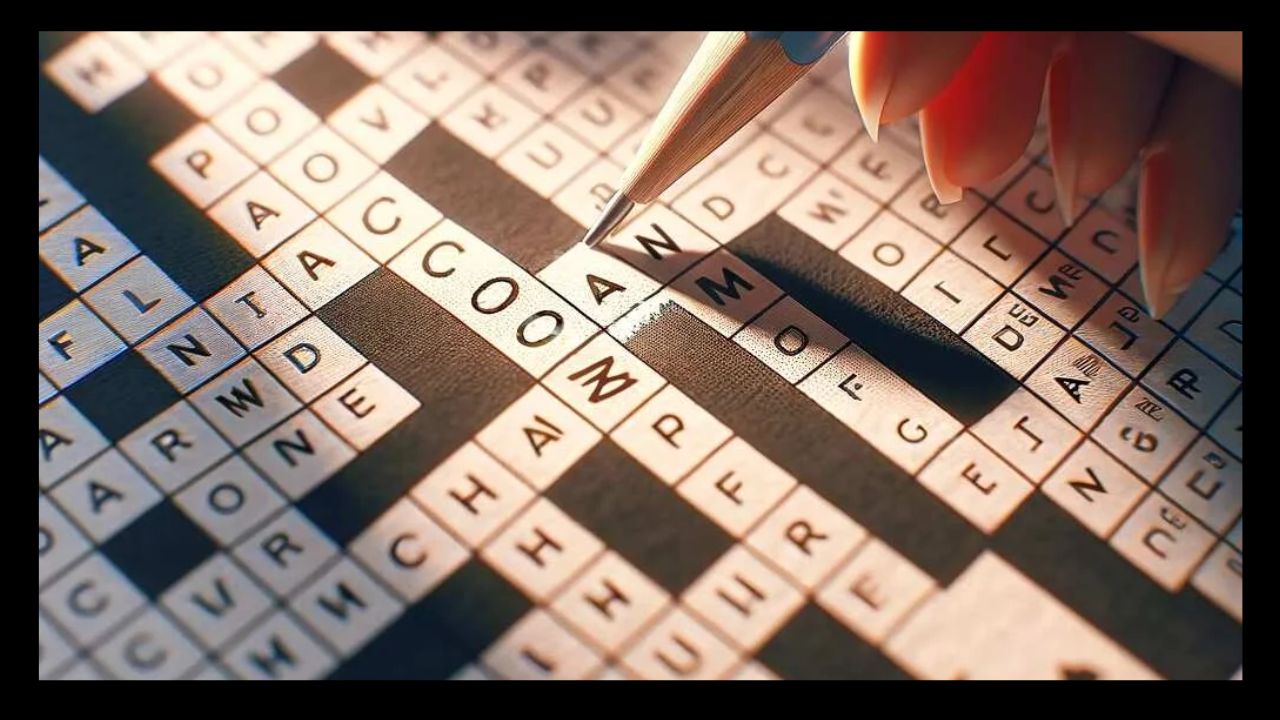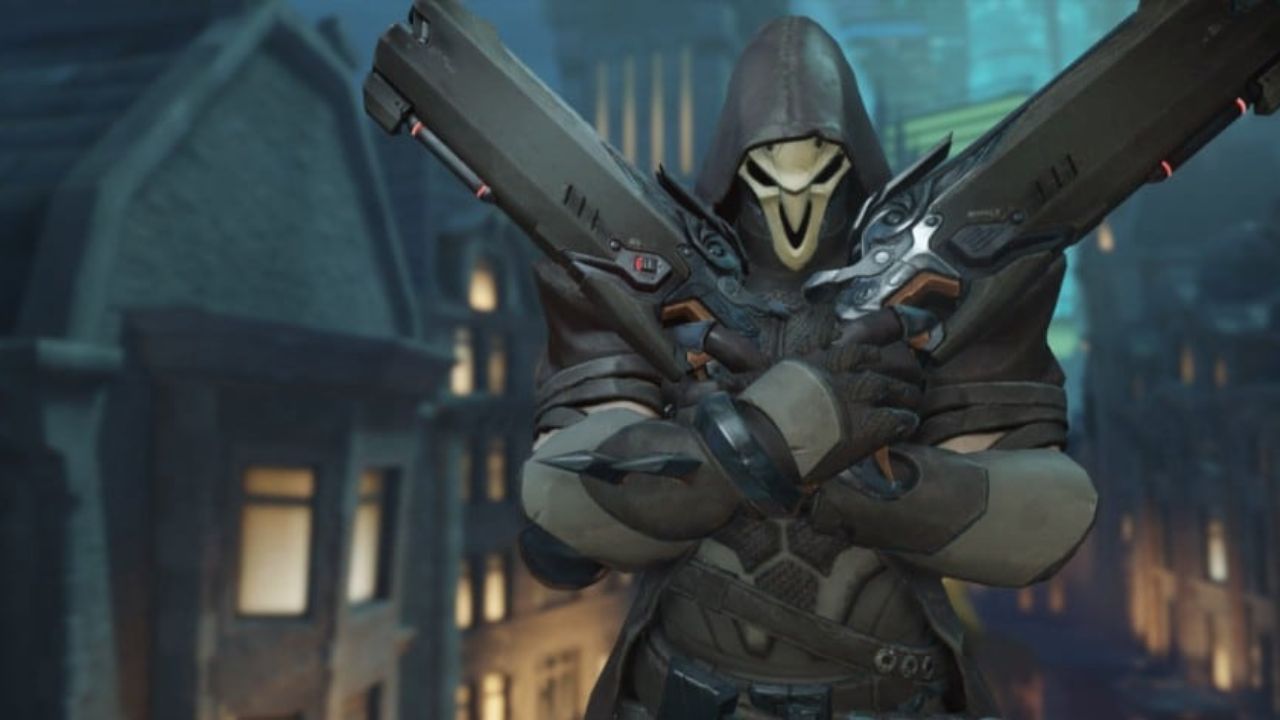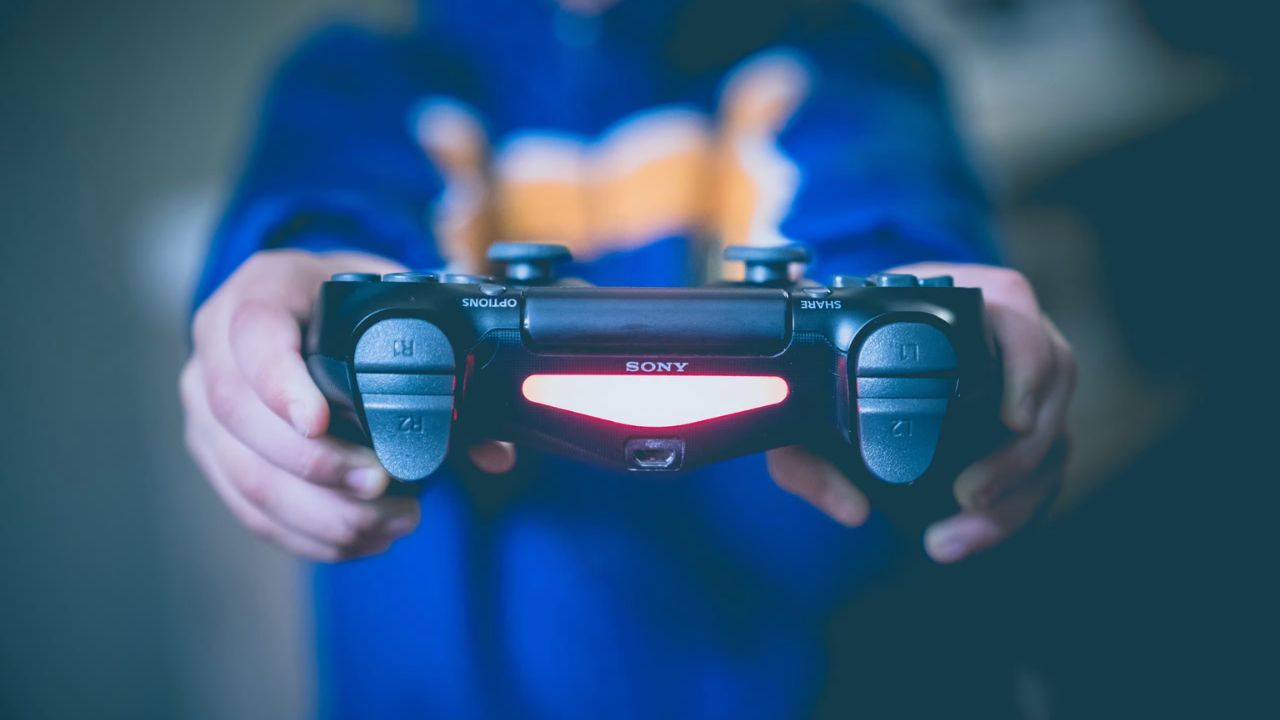Crossword puzzles have captivated audiences for over a century, offering a mental challenge wrapped in wordplay, wit, and curiosity. Among the many platforms where crossword enthusiasts test their skills, the New York Times (NYT) crossword stands as a gold standard. Within this labyrinth of letters, “Goads” often appears as a clue, tempting solvers into a dance of deduction. But what does “Goads on NYT” really entail, and how can you master such clues?
Tracing the History of Crossword Puzzles
The origins of crossword puzzles trace back to December 21, 1913, when Arthur Wynne published what is widely recognized as the first crossword in the “New York World” newspaper. This new word game, shaped like a diamond grid, rapidly evolved into a beloved pastime. By the mid-1920s, major newspapers, including the New York Times, began featuring their own puzzles.
The NYT crossword has long stood out for its clever use of language and its ability to craft clues that challenge both beginners and seasoned solvers. Over the years, it’s cultivated a thriving fan base, making it a cultural touchstone and a daily ritual for millions.
Understanding the Language of Crossword Clues
Crossword clues are a unique language in themselves. To truly master them, one must first familiarize themselves with their structure and conventions. Here’s what sets crossword clues apart, particularly in the challenging realm of the NYT puzzle:
- Double Meanings: Clues often have more than one interpretation, requiring solvers to think beyond the obvious.
- Abbreviations stand as indicators that the answer might be abbreviated as well. For example, “Dr. appt necessity?” might clue “TIME.”
- Anagrams: Clues hinting at “scrambled” or “mixed” often lead to an anagram. For example, “Mixed parts” could clue “SPART.”
- Question Marks: A question mark in a clue signifies wordplay or less literal interpretations.
When encountering the term “Goads on NYT,” clue solvers must consider synonyms, references to spurring someone or something on, or even hidden nuances based on wordplay.
Tips and Techniques for Solving Crossword Clues
Breaking through the trickiest clues requires practice, strategy, and sometimes a shift in perspective. Here are five tips for deciphering crossword clues effectively:
Start With the Easy Clues
Begin with the clues you can solve quickly to establish a foothold. Filling out these answers provides letters that make solving the more challenging clues easier.
Look for Context in Clues
Understanding the tone and structure of the clue can offer hints. For example, the tone of humor or wordplay in NYT clues often signals lateral thinking is needed.
Familiarize Yourself With Common Crossword Words
Certain words like “ore,” “eel,” and “era” appear almost universally across puzzles. Become familiar with these repeat offenders.
Think Beyond the Literal Meaning
Consider double meanings, puns, and less obvious interpretations, especially for complex clues like “Go fast on NYT.”
Work in Sections and Revisit Clues
Tackle one corner of the puzzle at a time and leave the tougher clues for later. Revisiting a clue after filling out nearby answers can help uncover a solution.
The Role of Technology in Crossword Solving
Technology has revolutionized crossword solving. Digital tools and apps have made it easier than ever to engage with puzzles, offering hints, solutions, and even step-by-step guides. Some notable tools include:
- Crossword Apps: Apps like the NYT Crossword app allow users to solve puzzles on the go while tracking progress.
- Online Solving Communities: Platforms like Reddit and dedicated crossword forums serve as hubs for solvers to share strategies and insights.
- AI Tools: Applications like WordFinder by YourDictionary or XWord Info offer solvers a way to input clues and generate possible answers. However, they’re best used sparingly to preserve the challenge and joy of solving independently.
Spotlight on Goads and the NYT Crossword Community
The “Goads on NYT” series has not only puzzled solvers worldwide but also cultivated a strong sense of community among crossword enthusiasts. NYT crossword editors and clue creators like Will Shortz have built a culture that celebrates cleverness, wordplay, and inclusivity within puzzles. For many, mastering clues in “Goads” isn’t just a solitary achievement; it’s a connection to a larger network of solvers who share the same passion.
Within this tight-knit group, crossword enthusiasts bond over shared challenges, trading stories of their favorite puzzles and memorable “aha!” moments. For example, many solvers recount the first time they cracked a clue from “Goads on NYT,” marking it as a badge of honor in their puzzle-solving journeys.
Wisdom From Seasoned Crossword Solvers
To gain further insights, we asked experienced crossword solvers to share their strategies, memories, and perspectives on the puzzle-solving craft. Here’s what they said:
- Susan, Veteran Solver: “Patience is key. You’re not going to get every clue on the first pass, and that’s okay. Come back with a fresh perspective.”
- Daniel, Crossword Instructor: “Always think about alternative meanings of words. The NYT loves playing with language in unexpected ways.”
- Jessica, Enthusiast: “Celebrate small wins. Even solving one tricky clue can feel deeply satisfying.”
Why Crossword Puzzles Matter
Beyond entertainment, crossword puzzles offer mental stimulation, improve vocabulary, and enhance lateral thinking skills. Whether you’re solving “Goads on NYT” or experimenting with beginner-friendly puzzles, this intellectually rewarding activity has something for everyone.
Unravel the Challenge Yourself
Are you ready to take on the “Goads on NYT” challenge and sharpen your solving skills? Remember, every puzzle solved adds another layer to your expertise. Grab a pencil (or your preferred app), take a deep breath, and immerse yourself in the joy of wordplay.
You May Also Like: When Doubled A Mild Reprimand – Decoding This Crossword Clue
Conclusion
Delving into the world of crossword puzzles, such as “Goads on NYT,” is an intellectually rewarding endeavor that can challenge and sharpen your lateral thinking skills. Whether you’re a beginner or an experienced solver, crossword puzzles offer a wide range of difficulties and themes to cater to every puzzler’s preference. By immersing yourself in the joy of wordplay and tackling these puzzles, you’re not only honing your problem-solving abilities but also expanding your vocabulary and linguistic prowess. So, grab a pencil or your preferred app, embrace the challenge, and let the satisfaction of solving each puzzle add another layer to your expertise. Happy puzzling!
FAQs
What does “Goads” on NYT crossword typically mean?
“Goads” generally refers to spurring someone into action. Crossword clues might use its synonyms or involve wordplay that suggests prodding or urging.
Why is the NYT Crossword considered more challenging?
The NYT crossword is known for its use of clever language, puns, double meanings, and tricks that require creative thinking beyond straightforward solutions.
How often does “Goads” appear in NYT puzzles?
While it’s not a daily presence, “Goads” appears regularly due to its usefulness in wordplay and the crossword’s love for versatile terms.
Are there tools to help solve tough crossword clues?
Yes, apps like the NYT Crossword app, WordFinder, and XWord Info can assist in solving tough clues, including “Goads on NYT.” These tools offer hints and possible matches.
Can solving crosswords improve mental sharpness?
Absolutely! Crossword puzzles engage critical thinking, expand vocabulary, and improve focus, making them great for cognitive exercise.











